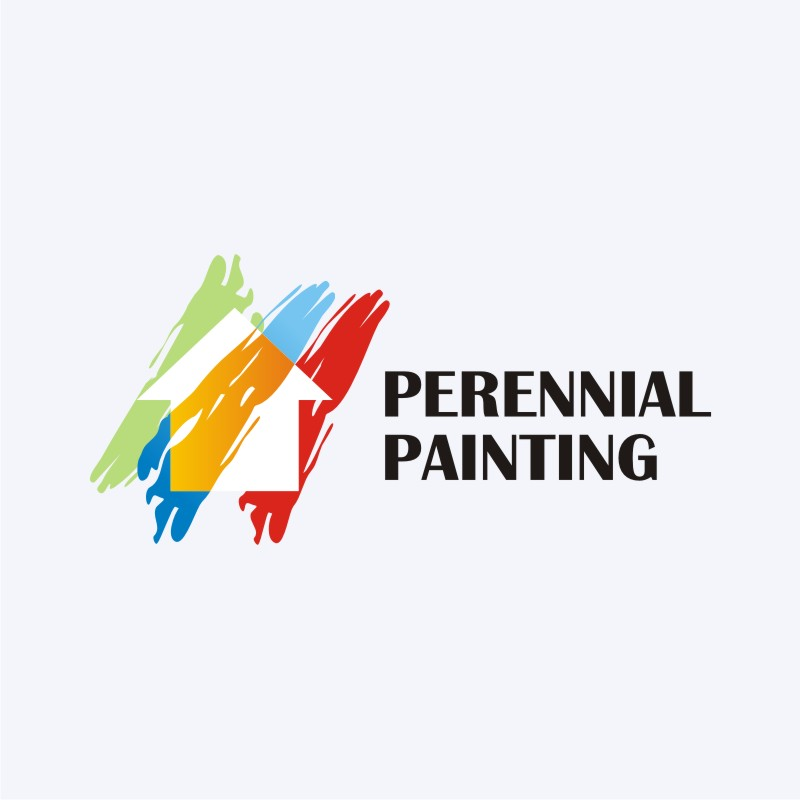Seasonal Factors In Commercial Exterior Painting: Key Insights You Must Be Aware Of
Seasonal Factors In Commercial Exterior Painting: Key Insights You Must Be Aware Of
Blog Article
Article Created By-Korsholm Urquhart
When you're preparing a commercial outside painting project, seasonal elements can make or damage your outcomes. You'll intend to consider exactly how temperature level and moisture effect paint application and drying times. Choosing straight line painters can guarantee your paint sticks appropriately and lasts longer. Yet which periods are really the most effective for this type of job? Allow's discover the key elements that can impact your project's success.
The Effect of Temperature Level on Paint Application
When you're intending a business external paint task, the temperature can dramatically impact just how well the paint sticks and dries out.
Ideally, you want to repaint when temperatures vary in between 50 ° F and 85 ° F. If it's too cool, the paint may not treat appropriately, causing issues like peeling off or fracturing.
On the other side, if it's too warm, the paint can dry also rapidly, avoiding proper bond and leading to an irregular surface.
You should also take into consideration the time of day; early morning or late afternoon supplies cooler temperatures, which can be a lot more desirable.
Constantly inspect the producer's referrals for the specific paint you're making use of, as they commonly offer advice on the perfect temperature level range for optimal outcomes.
Moisture and Its Result on Drying Times
Temperature level isn't the only ecological factor that affects your commercial outside painting project; moisture plays a significant function too. High humidity degrees can reduce drying out times substantially, impacting the total quality of your paint task.
When the air is filled with dampness, the paint takes longer to cure, which can cause concerns like poor attachment and a greater risk of mildew development. If you're repainting on an especially damp day, be prepared for extended delay times between coats.
It's vital to keep track of local weather and plan appropriately. Ideally, aim for moisture levels in between 40% and 70% for optimum drying.
Maintaining these factors in mind ensures your job remains on track and supplies a long-term finish.
Best Seasons for Commercial Outside Painting Projects
What's the very best season for your industrial outside paint projects?
Spring and early fall are commonly your best choices. Throughout https://www.homesandgardens.com/advice/how-to-paint-a-room , temperatures are mild, and humidity degrees are usually lower, producing suitable conditions for paint application and drying out.
Prevent summertime's intense heat, which can create paint to dry too quickly, bring about inadequate adhesion and coating. Similarly, winter's cold temperature levels can prevent proper drying out and curing, taking the chance of the durability of your paint work.
Go for days with temperature levels in between 50 ° F and 85 ° F for optimal results. Remember to examine the regional weather report for rain, as wet problems can spoil your project.
Preparation around these factors guarantees your painting job runs smoothly and lasts longer.
Verdict
In conclusion, planning your business external painting projects around seasonal factors to consider can make a substantial distinction in the result. By organizing work during the perfect temperature levels and humidity degrees, you'll ensure better attachment and drying out times. Remember to watch on regional weather prediction and pick the right time of year-- springtime and very early loss are your best options. Taking these steps will help you achieve a long lasting and specialist finish that lasts.
